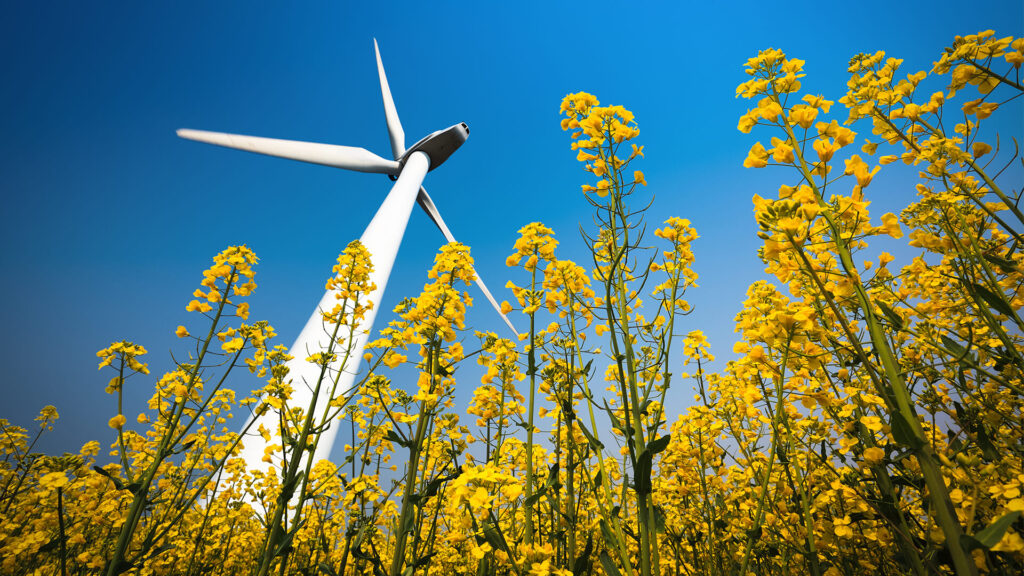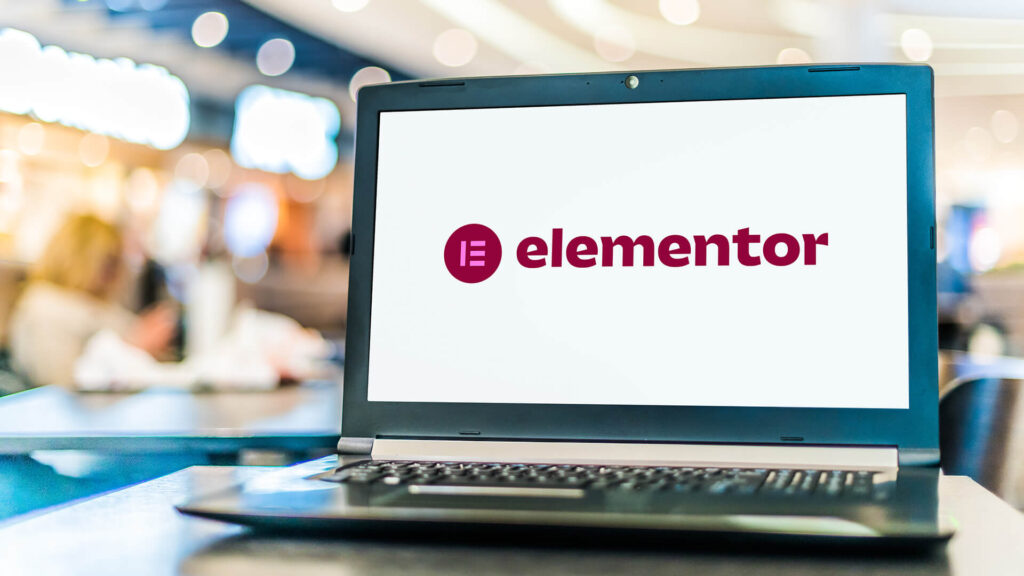In the world of marketing, understanding the customer journey and effectively guiding potential customers towards conversion is crucial for success. One valuable framework that helps businesses visualise this process is the marketing funnel. A marketing funnel is a conceptual model that illustrates the various stages a customer goes through on their path from initial awareness to making a purchase. It provides you with insights and strategies to nurture leads and drive conversions.
1. Awareness: At the top of the marketing funnel lies the awareness stage. This is where potential customers first become aware of a brand, product, or service. They might encounter your business through various channels, such as social media, search engines, advertisements, or word-of-mouth. The goal here is to capture their attention and generate interest by showcasing the value and benefits your offering provides. Marketers employ tactics like content marketing, social media engagement, search engine optimisation (SEO), and public relations to attract a wider audience.
2. Interest: Once individuals become aware of your brand, the next stage is to pique their interest. At this point, prospects want to learn more about what you have to offer. They actively seek information, compare options, and evaluate whether your product or service aligns with their needs. This stage is a prime opportunity to provide detailed content, such as blog posts, videos, case studies, and whitepapers, to educate and engage potential customers. By offering valuable information, you establish credibility and build trust, increasing the likelihood of moving them further down the funnel.
3. Consideration: In the consideration stage, prospects have shown a deeper level of interest and are actively evaluating their options. They are weighing the benefits and drawbacks of your product or service compared to competitors. To nudge them closer to conversion, marketers must present compelling reasons why their offering is superior. Testimonials, product demonstrations, free trials, and personalised messaging can help address specific pain points and showcase the unique value proposition of your solution. This stage focuses on building trust and addressing objections to easing the decision-making process.
4. Conversion: The conversion stage marks the point where a potential customer makes the decision to purchase. It is the ultimate goal of the marketing funnel. This can take various forms, depending on your business model, such as a direct purchase, subscription sign-up, or lead generation for B2B companies. Optimising the conversion process is critical during this stage. Streamlining the user experience, offering incentives, and providing a clear call-to-action are effective strategies to boost conversion rates. Additionally, employing remarketing techniques can help re-engage prospects who may have shown interest but not converted initially.
5. Retention: While some marketers consider the funnel to end at conversion, savvy businesses recognise the value of customer retention and advocacy. Retaining existing customers is often more cost-effective than acquiring new ones. Delighting customers with exceptional experiences, personalised communication, and ongoing support helps foster loyalty and turns them into brand advocates. Engaging with customers through post-purchase emails, loyalty programs, exclusive offers, and personalised recommendations can drive repeat purchases and referrals, creating a continuous cycle of growth and revenue.
It’s important to note that the marketing funnel is not a linear process. Customers can enter at any stage and move back and forth between stages based on their needs and preferences. Therefore, it’s crucial for you to continually analyse and optimise your strategies to meet customers where they are in the funnel and provide a seamless and personalised experience.









